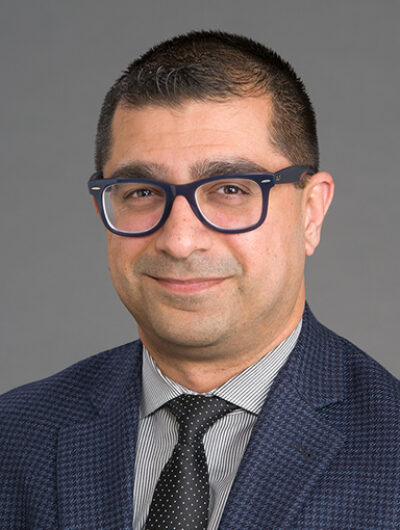Young Investigator Award Presentations: 2nd Runner Up
Cardiac Output Estimation by Analysis of Arterial Blood Pressure Waveform versus Continuous Pulmonary Artery Thermodilution in Post Cardiac Surgery Intensive Care Unit Patients
View the Abstract
Cardiac output monitoring is essential for understanding flow and pressure relationships in critically ill patients after cardiac surgery. While the Swan-Ganz catheter is the traditional gold standard, new technology has used relatively non-invasive methodology to estimate cardiac output. Long time interval (LTI) analysis of the arterial blood pressure waveform is one such method. We sought to compare LTI estimated cardiac output (CO-LTI) with Swan-Ganz estimated continuous cardiac output (CO-CTD) in 100 prospectively enrolled cardiac surgery patients recovering in our CVICU. CO-CTD was recorded at a typical resolution of one measurement every 15 minutes. CO-LTI was averaged within a window of 30 minutes preceding each CO-CTD measurement, to obtain paired values. For the purpose of this initial analysis, we had 24 patients in our final cohort. We saw a moderate correlation across a total of 1012 paired measurements in these patients, r = 0.62 (p < 0.001). Bland-Altman analysis showed a bias (a measure of accuracy) of 0.43 L/min, percent error of 39.4 % and limits of agreement (a measure of precision) of -1.69 to 2.55 L/min across a CO-CTD range of 2.3 to 8.2 L/min with an overall precision of 1.08 L/min. Cardiac output measurements using a novel analysis of arterial blood pressure waveform (CO-LTI) are moderately correlated with the traditional more-invasive pulmonary artery thermodilution guided cardiac output measurements (CO-CTD). Our results agree with a previous validation of the arterial blood pressure waveform method in 31 post-cardiac surgery patients in the ICU, where a percentage error of 40.7% was reported. Pending larger datasets, intensivists and anesthesiologists have the option of using a relatively non-invasive, easy to use method of cardiac output estimation in post cardiac surgery patients.
I would like to thank the growing team (10 plus clinical research technicians and post-doc fellows, three research nurses, data scientists, and faculty) in our perioperative outcomes research group for this work. A special word of gratitude to my clinical colleagues in the CVICU and my co-investigators, Bryan Marchant MD, Lauren Sands BA, Lillian Nosow BS, Amit Saha PhD, and Lynnette Harris RN, BSN for their tireless work, and R. Shayn Martin MD, MBA for helping us with high fidelity streaming hemodynamic data extraction from the ICU. Our final dataset, (pending analysis & publication) should have nearly 10,000 paired measurements of cardiac output available.




































